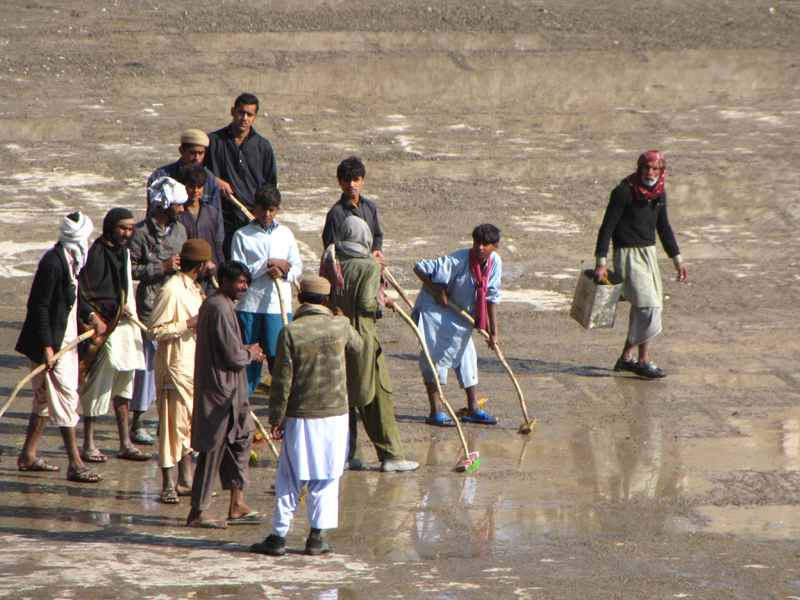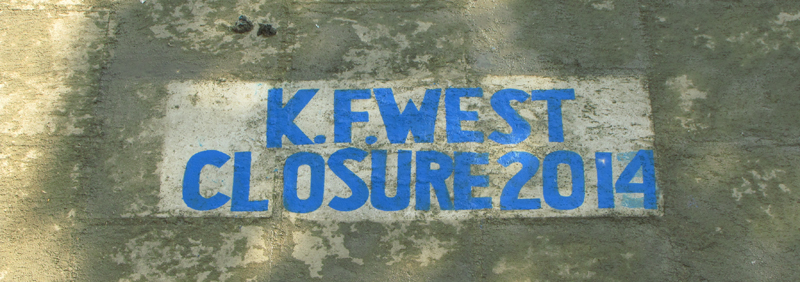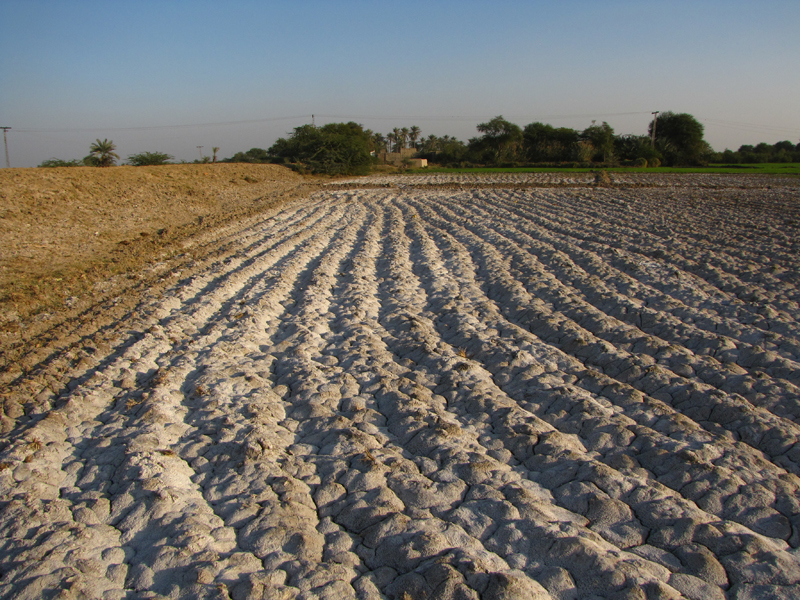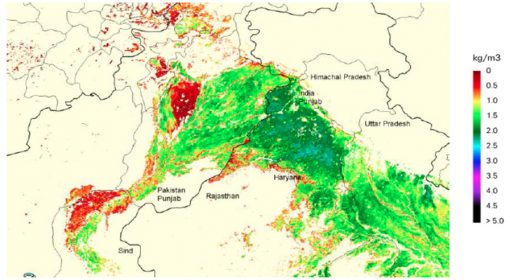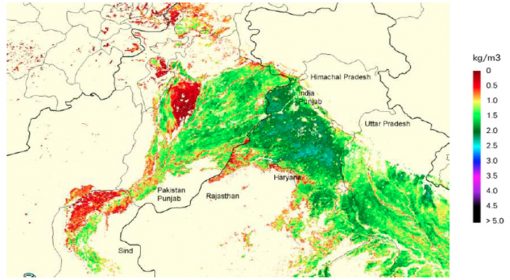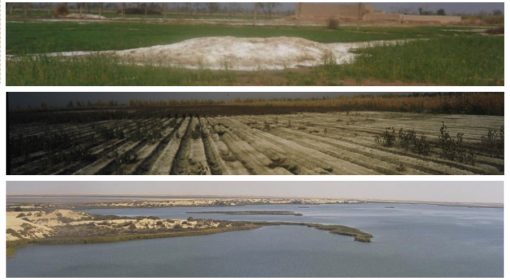Posted by Frank van Steenbergen, Bakshlal Lashari and Sukru Esin
January 15, 2013
It may be one of the word’s largest clean ups – the annual ‘canal closure’ in the mega irrigation systems in Sindh, Pakistan. Every year for two weeks in January the large irrigation canals are closed. No water is allowed to flow in them during that period. Instead, manual labour and excavators move in to remove the silt that has built up over the course of the year.
An impressive routine has developed: All the labour engaged in the irrigation canals are mobilized at once when the intake gates are shut down. The gates are further reinforced with jute bags and earthen dikes in front of them so that no water flows into these mighty canals. Some of Sindh’s canal are the largest in the world: the single Rohri Canal for instance irrigates 1.3 Million hectares and the Nara Canal 1 Million hectares. They are wider and longer than, for instance, the Suez canal.
Not all canals section are cleaned – this would simply be too much work especially given the resources that are available. The maintenance of the canal systems is chronically underfunded. Farmers are supposed to pay a rather complex irrigation tax in Sindh, based on an assessment of the crop grown in the previous season. This assessment is laborious and the outcomes are usually either disputed or ‘negotiated’. Moreover, the amounts charged per unit land (USD 5-10 per hectare) are too low – so there is no great willingness to collect the meagre sums. Hence the focus is on the ‘hard water canals’: canals that choke rapidly because they are curvy and very flat. And canals that are made ‘in fill’, i.e. constructed on top of the land. If not maintained well, such high canals get breached and flood the land.
Interesting rituals have come into existence. When the sill at the top section of the canal is cleaned of silt, the year is painted on the concrete blocks at the bottom of the canal. This is then covered under water until next year’s cleaning operations. (See picture above).
The mega canals have transformed Sindh Province like no other force. What until 1930 was desert country dependent on annual floods has been a well laid out, perennially irrigated land for decades. However, productivity of this land is lower than all other areas. In many areas, close 65% of the water is just lost to evaporation. The big challenge is water logging. Due to irrigation, groundwater levels have come very close to the surface, saturating the soil so that most crops cannot grow any longer. Besides, the constant evaporation of water transports the salts in it to the surface, creating plots of land with white crusts of salt on the surface that are no longer useable. The soggy and saline land not only loses its productivity but also causes a number of diseases: malaria, kidney problems and liver fluke (for livestock).
This waterlogging is not inevitable. Simply too much water is allowed into these flat areas which simply cannot go away; a situation that naturally turns into massive waterlogging. The telling story in this regard is of the 1998-2002 drought when water supplies were reduced by 20% but crop production went up, not down. The reason is that the waterlogging disappeared over large parts of the Sindh Province. Whereas in ‘normal’ years it extends to 40% of the irrigated land (say 2 Million hectares), in the dry years the water logging dropped to less than 5% of the land: an enormous difference. In other words, the drought was a blessing.
There is so much scope to make better use of the gift of water in Sindh: rationalizing how much water is led into the area is Priority Number One. Large parts of the irrigation area simply receive too much water, and get choked and waterlogged in it. Then there is also a need to improve drainage and at least start unblocking the natural drains that have been disturbed by the building of roads and other infrastructure.
Also, farming can improve. Travelling in Sindh, one spots small islands of hope where farmers are using wise water management techniques– such as mulching, ridges and green houses– and achieving high productivity, whereas their neighbours continue to over-irrigate and face waterlogging and salinity. Some farmers have also taken drainage into their own hands: excavating their own drains and sometimes taking over drainage pumping stations that the government owned but was unable to take care of.
The final solution is to live better with the salt. A large part of Sindh Province has saline groundwater. Though difficult, there are options to use saline water productively: growing special crop varieties, using natural salt-tolerant plants, making fishponds, use soil remediants or adding more manure to the land.
Even though Sindh is now low on agricultural yields, it is a land of large promise. With better water management and more innovative farming, Sindh could become an agricultural power house for the food hungry Middle East. The region could also do better in feeding its own population, and that of neighboring countries.
{jcomments on}
